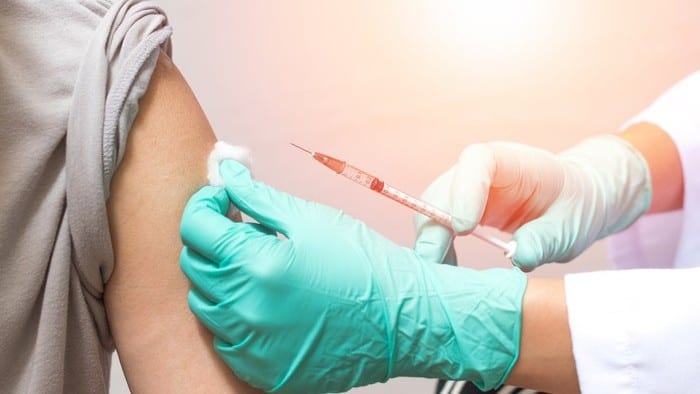This article was originally published on Fool.com. All figures quoted in US dollars unless otherwise stated.
Pfizer Inc. (NYSE: PFE) and BioNTech SE (NASDAQ: BNTX) started the phase 3 clinical trial for their coronavirus vaccine BNT162b2 around the same time as Moderna Inc (NASDAQ: MRNA) started its phase 3 study for mRNA-1273.
But all signs point to Pfizer and BioNTech generating faster efficacy data than Moderna. Here's why:
1. Faster coronavirus vaccine booster shot
Pfizer and BioNTech give the booster shot for their vaccine 21 days after the initial dose, while Moderna's protocol calls for doctors to wait 28 days before giving the second dose. Since the efficacy measurements don't start until after the second dose is administered, the difference produces a week advantage for Pfizer and BioNTech.
2. COVID-19 efficacy readout is quicker
The efficacy in both clinical trials is based on the rate of COVID-19 among participants who receive the vaccine compared to the participants who receive placebo. But Pfizer and BioNTech decided to measure the rate of infection after seven days, while Moderna doesn't start measuring efficacy until 14 days after the second dose.
The difference creates an additional seven-day advantage for Pfizer and BioNTech compared to Moderna. Of course it's only an advantage if patients are truly protected during that seven-day period. Presumably the decisions of seven days for Pfizer and BioNTech vs. 14 days for Moderna were based on when the companies saw the formation of antibodies in earlier studies, but Moderna's conservative approach could end up benefiting the company with a slower-but-more-accurate efficacy readout.
3. Quicker enrollment
Since the efficacy measurement is events driven, early enrollment of participants in the study should help the companies generate efficacy data quicker.
Pfizer and BioNTech appear to have the edge here too, with 28,146 participants having received two doses of their vaccine as of Oct. 5, compared to 19,369 participants in Moderna's clinical trial as of the update a few days earlier on Oct. 2.
Potential bonus: Interim readouts
If BNT162b2 works really well, Pfizer and BioNTech could have a time advantage over Moderna based on how the companies have set up their clinical trials.
Both studies incorporate multiple interim evaluations of efficacy to determine whether the studies should be stopped early if it's clear the vaccine is working. Pfizer and BioNTech have interim looks after 32, 62, 92, and 120 participants have developed COVID-19. Moderna's study only incorporated interim looks after 53 and 106 cases of COVID-19.
While the protocols offer an opportunity for Pfizer and BioNTech to call their clinical trial a success after 32 events, well before Moderna can even take a look at its data at 53 events, investors should keep in mind that the extra peeks at the data come at a statistical cost.
As a result, if both studies go to the end of their analysis, Pfizer and BioNTech need the vaccine efficacy to be 52.3% at the final readout with at least 111 of the 164 positive patients in the group who received placebo. Because Moderna has fewer interim looks, the biotech company only needs a vaccine efficacy of 49.5%, or 101 of the 151 positive patients falling in the placebo group, to call the clinical trial a success.
Is "October" vs "Thanksgiving" all that important?
Pfizer and BioNTech have told investors that data could come as early as October, while Moderna's management has said data should be available around Thanksgiving. That's only a few weeks' difference, with the obvious caveats that neither group can really know the timeline given the unknown infection rate.
The first group with data will have an advantage if it can gain the Food and Drug Administration's attention after requesting an emergency use authorization (EUA). But in a pandemic, the FDA's workload isn't necessarily a first-in-first-out situation. Better efficacy by the second vaccine maker could even the playing field, or perhaps even give it an advantage in the timing of authorizations.
And investors should keep in mind that demand is likely to outstrip manufacturing capacity. While the timing of an EUA is important, if the authorizations come in similar time frames, the group with the ability to manufacture the most vaccine is likely to capture the largest market share.
This article was originally published on Fool.com. All figures quoted in US dollars unless otherwise stated.









